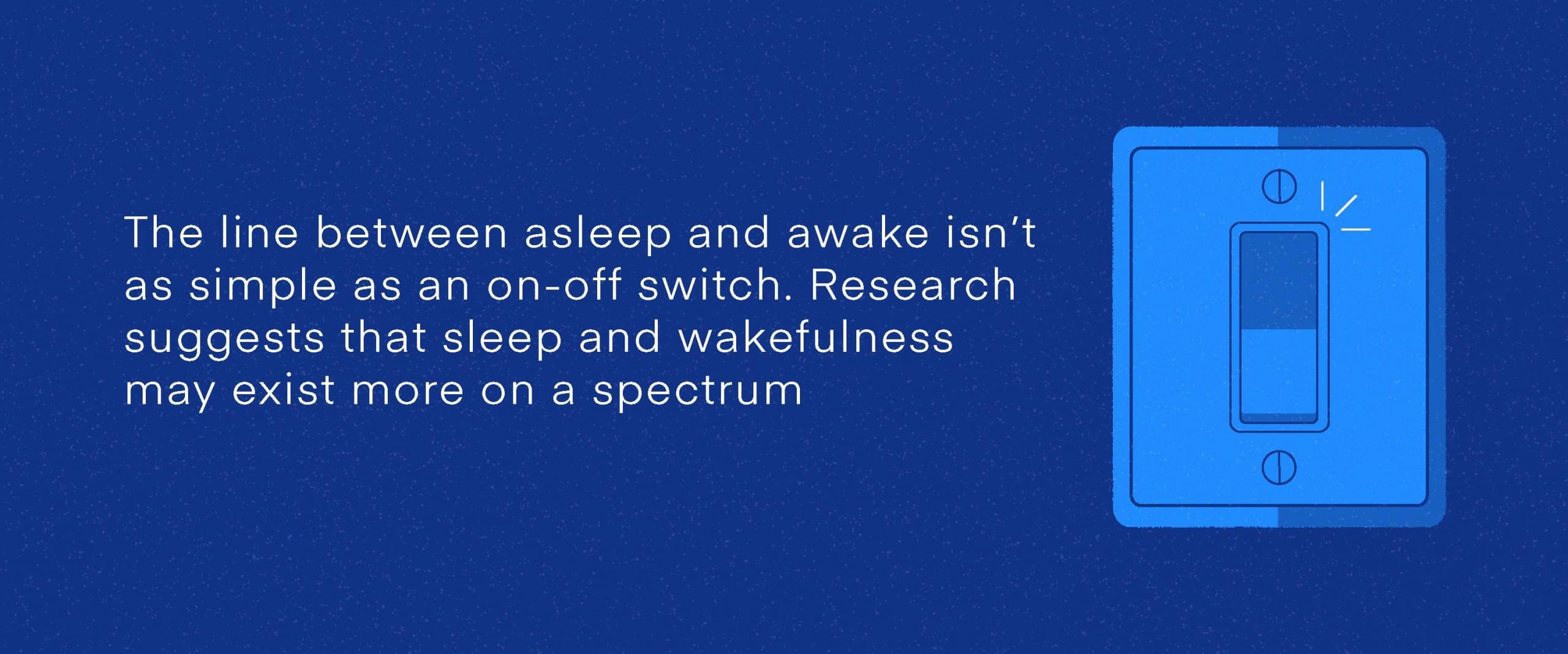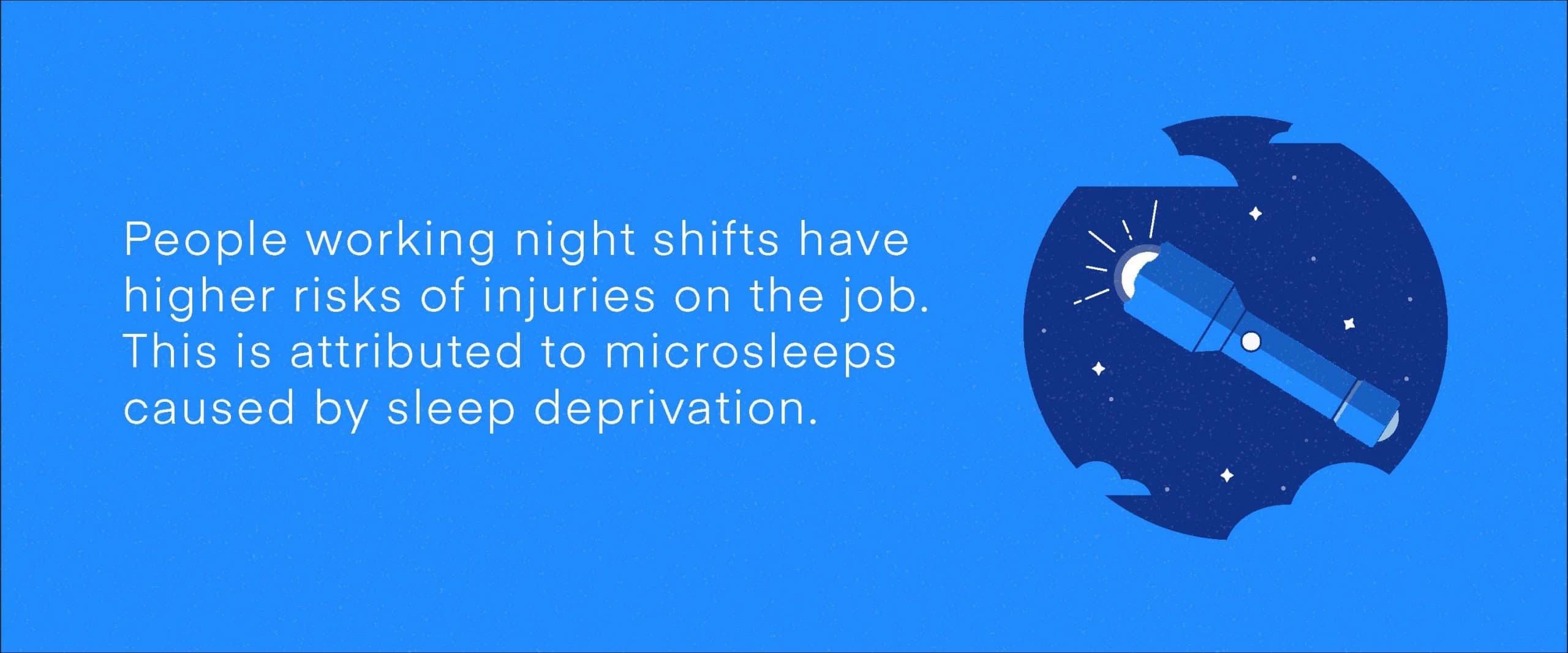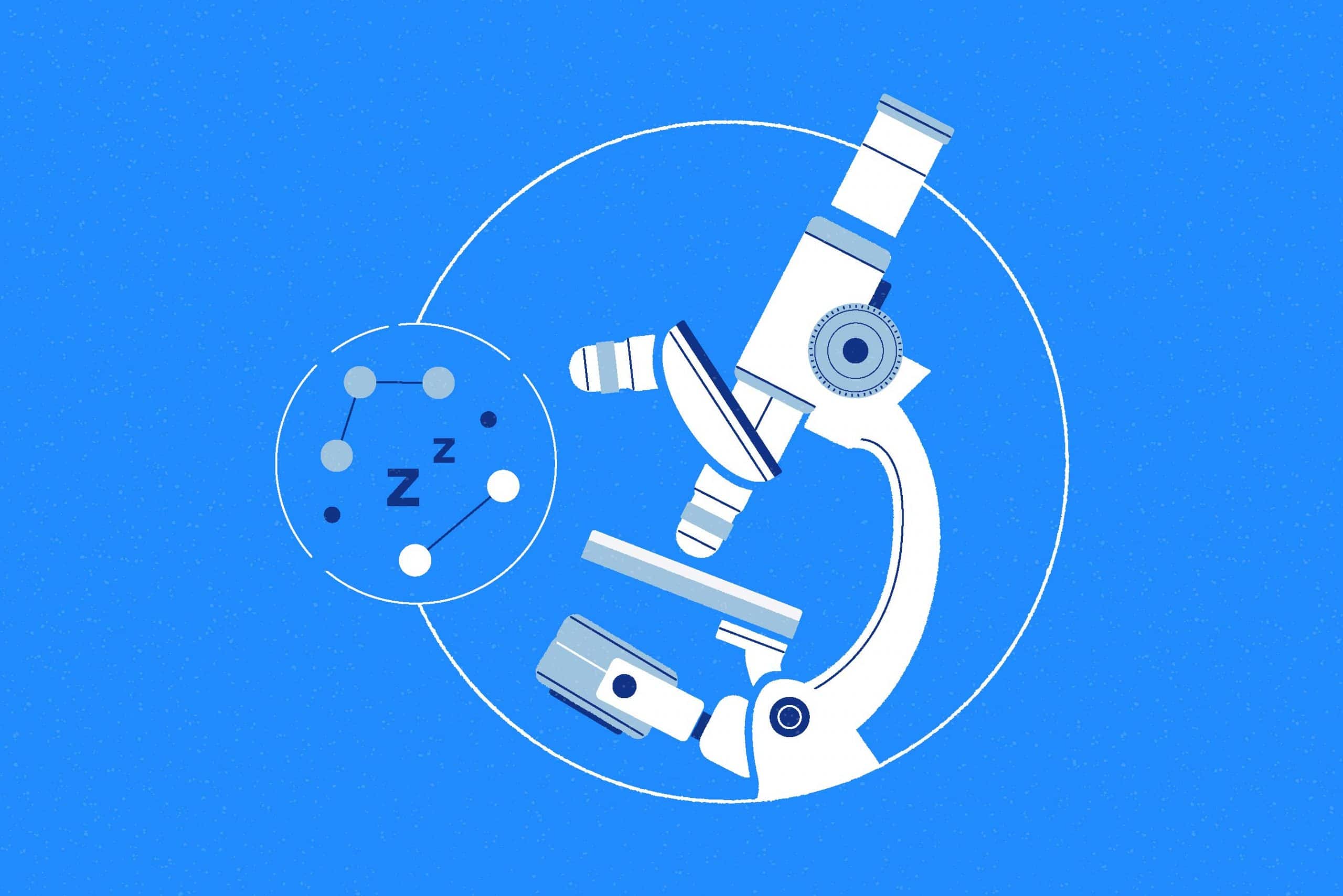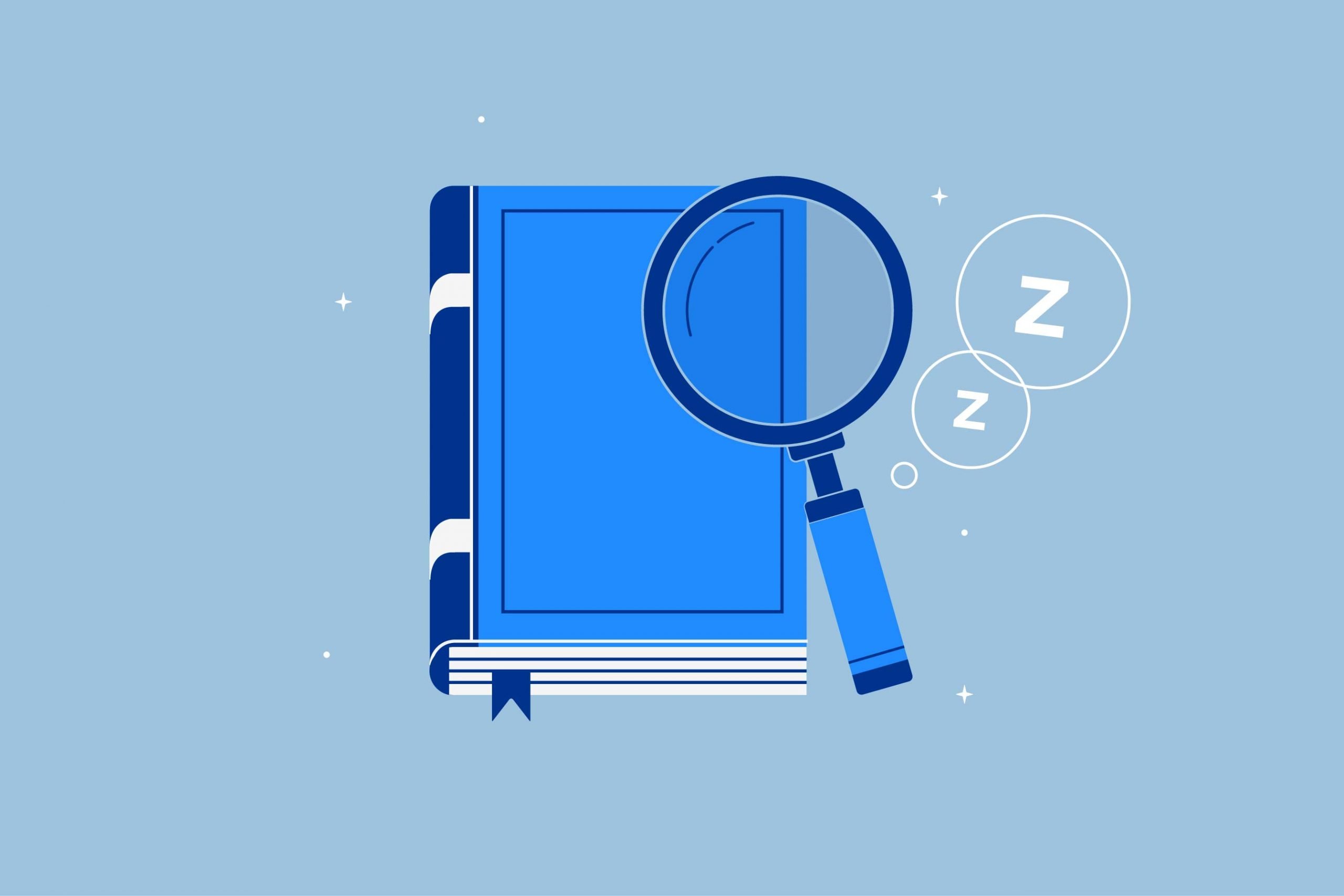Key Takeaways
- Definition and Characteristics: Microsleeps are brief, unintended episodes of sleep that typically last between 1 and 15 seconds. During microsleeps, individuals may experience signs such as heavy eyelids, yawning, blank staring, and drowsiness. These episodes can happen when a person is sleep-deprived or engaged in monotonous tasks.
- Causes and Risks: Microsleeps are often caused by sleep deprivation, shift work, sleep disorders, medications, or boredom. They can pose serious risks, particularly when they occur during activities like driving or operating heavy machinery. Drowsy driving, in particular, is a common consequence of microsleeps and a leading cause of accidents.
- Prevention and Safety: To prevent microsleeps and their associated dangers, individuals should prioritize getting enough sleep, typically 7 to 9 hours per night for adults. When feeling drowsy, it’s essential to take breaks, avoid driving during periods of natural sleepiness, and consider short naps if needed.
Ever briefly doze off at your desk, during a Netflix binge, or on a long drive? If so, you’ve probably experienced “microsleep”. It’s a common phenomenon among the general population, and often a sign of not getting enough sleep.
While they can be innocuous, microsleeps also pose some serious risks. For example, zoning in and out of consciousness while driving is clearly dangerous! Sometimes, you might not even realize you’re actually asleep, as it may just seem like a brief loss of focus.
Read on to learn what’s happening in your body during this phenomenon, when it’s a warning sign, and how to prevent it.
What Exactly is Microsleep?
To put it simply, it’s a sudden, very short period of sleep that occurs when you’re not intending to snooze. You might feel it coming on as your eyelids droop, your head starts nodding, and your thoughts start wandering. Just like during night sleep, outside stimuli fade away. You then jolt awake, all of a sudden realizing you have no memory of the last few seconds. Without realizing it, you started to transition to a deep sleep.
Often, people’s eyes won’t close for a long period of time. You may just see their eyes roll back, or they may just have a blank stare or slower eye movement. Others can snore and even have very brief dreams. Hypnic muscle jerks, that feeling of jolting awake or a sensation of falling, is also common.
“Scientists haven’t come up with a hard-and-fast definition of what is considered “micro” sleep,” explains sleep researcher Dr. Jade Wu, Ph.D. “But sleep researchers generally think of a microsleep episode as any brief ‘blips’ of sleep lasting between 1 and 15 seconds.”
Snapping out of it after a second or two doesn’t mean you’re good as new though. National Library of Medicine research Verified Source National Library of Medicine (NIH) World’s largest medical library, making biomedical data and information more accessible. View source suggests impairments to decision-making capabilities during and after awakening from microsleeps.
To learn more about microsleeps, we need to look into what’s actually happening within the brain. The line between asleep and awake isn’t as simple as an on-off switch. Research actually suggests that sleep and wakefulness may exist more on a spectrum.

Here’s What Is Happening Inside Your Brain While You Day-Doze
Essentially, microsleeps appear to be brief, selective shutdowns. They occur as sleep pressure builds. Nitric oxide, adenosine, and other substances build up the longer you’re awake. These substances increase sleep pressure, triggering feelings of sleepiness. Certain areas of the brain like the frontal cortex Verified Source National Library of Medicine (NIH) World’s largest medical library, making biomedical data and information more accessible. View source seem to be more susceptible to fatigue.
Sometimes, even when you feel awake, it’s possible that your entire brain might not be online. This phenomenon is called local sleep, Verified Source National Library of Medicine (NIH) World’s largest medical library, making biomedical data and information more accessible. View source which many animals have and seems to occur in humans too. It appears that some regions of the brain occasionally “go offline,” or rather, goes into what looks like a “blip” of deep sleep, even though the rest of the brain is awake. This seems particularly true for brain regions not actively engaged by current activities.
Researchers Verified Source National Library of Medicine (NIH) World’s largest medical library, making biomedical data and information more accessible. View source speculate that this mechanism might help the brain restore responsiveness. Lasting as short as microseconds, local sleep may partially explain mind-wandering and mind-blanking. Other NIH studies Verified Source National Library of Medicine (NIH) World’s largest medical library, making biomedical data and information more accessible. View source suggest local sleep might also play a role in behavioral performance and the way people perceive things.
When tired, the brain switches into some of the patterns associated with light sleep. These episodes show up as identifiable changes to brain activity in sleep research:
- During wakefulness, your brain shows background alpha waves on an electroencephalogram (EEG). Electroencephalography records brain waves for approximately 20-40 minutes at a time.
- However, during a microsleep, the brain briefly displays slower theta waves.
If you never reach deep sleep, or non-REM sleep, your brain won’t emit delta waves, which are an indication of restorative sleep. Areas of the brain associated with visual processing slow down. Verified Source National Library of Medicine (NIH) World’s largest medical library, making biomedical data and information more accessible. View source So do those in charge of consciousness/wakefulness. Brain scans of microsleep episodes reveal reduced thalamus activity. This part of the brain serves as a sensory switchboard, relaying incoming data to appropriate cortices for interpretation.
Areas associated with attentional control engage, seemingly as the person tries to stay awake. This attention region also plays a role in imagining movement.
ScienceDirect research Verified Source ScienceDirect One of the largest hubs for research studies and has published over 12 million different trusted resources. View source finds that eye closures due to drowsiness trigger increased activity in sensory regions. These same brain regions correspond with dream-like mental states. But, eye closures during sleep deprivation manifest differently than well-rested mind wandering. This may signal that more than daydreaming happens during these episodes.
Why Do Microsleep Episodes Happen?
The most common causes of microsleep episodes are sleepiness, shift work, sleep disorders, medications, and circadian slumps. The exact why behind microsleeps remains a mystery. But, one thing is certain — drowsiness is the most reliable way to cause them.
Sleepiness
Sleep deprivation is the most frequent trigger of episodes of microsleep. Getting less sleep than you need at night predisposes you to drowsiness during the day.
If you didn’t sleep well the night before, it’s important to be aware of potential effects to alertness. People who generally have normal, healthy sleep patterns actually may be more vulnerable Verified Source National Library of Medicine (NIH) World’s largest medical library, making biomedical data and information more accessible. View source to microsleep when they have an occasional single night of poor sleep.
Shift Work
Working night shifts or irregular shifts puts people at a higher risk of insufficient sleep. Since these patterns aren’t in sync with most people’s circadian rhythms, shift work throws off snoozing patterns. For many people, the resulting shift work sleep disorder makes it harder to get a sufficient amount of high-quality sleep.
Large bodies of research Verified Source National Library of Medicine (NIH) World’s largest medical library, making biomedical data and information more accessible. View source found that people working evening and night shifts have higher risks of accidents, injuries, and mistakes on the job. This is generally attributed to cognitive declines and microsleeps caused by sleep deprivation. When tired, it becomes harder to concentrate and remember things. Coordination suffers, as do response times and decision-making abilities.
One NIH study Verified Source National Library of Medicine (NIH) World’s largest medical library, making biomedical data and information more accessible. View source looked at 16 night-shift workers. All drove on a closed-course for two hours after a good night of sleep. Then, they drove two hours after a night of work (after being awake an average of 12.8 hours). No participants had accidents the day after a night of sleep.
But, the day after their night of work, 37% had near-crashes requiring emergency braking by observers. After 15-30 minutes of driving, participants showed difficulty keeping their eyes open and lane drifting.
Another 2019 NIH study Verified Source National Library of Medicine (NIH) World’s largest medical library, making biomedical data and information more accessible. View source of female hospital workers examined alertness at the end of night shifts versus day shifts.
At the end of night shifts, participants showed a much slower reaction time from sleep deprivation. They also noted more attention lapses compared to after day shifts.

Sleep Disorders and Medications
Frequent microsleep episodes may also signal certain sleep disorders. Several sleep disorders exhibit excessive daytime sleepiness as a primary symptom. These include:
- Narcolepsy
- Hypersomnia
- Restless legs syndrome
- Parasomnias
- Circadian rhythm disorders
- Obstructive and central sleep apnea
- Insomnia
All of these disorders impact both nighttime rest and daytime alertness, either by impeding sleep or affecting the brain’s ability to maintain wakefulness. Thus, making people more prone to symptoms like microsleep.
Sleep medicine that induces drowsiness also increase microsleeping risks. Antihistamines, benzodiazepines, epilepsy drugs, heart medications, and other prescriptions can trigger daytime sleepiness.
If you experience microsleeps often or recently noticed changes to your alertness unrelated to nighttime sleep, it’s a good idea to discuss it with your physician.
Boredom and Normal Circadian Slumps
Doing repetitive, boring, or monotonous tasks can also bring on drowsiness. Common times to experience a microsleep include:
- Long drives on open roads
- Riding in an airplane or train
- Stationary work
- Prolonged sitting
- Repetitive, simple tasks
Sometimes, boredom can trigger it, even if you’re well-rested. This is especially the case during dawn and dusk, during the mid-afternoon time, or late at night. These are the times when our circadian rhythms naturally dip into the drowsy territory. In fact, most car accidents occur between 1 PM and 4 PM, and also 1 AM to 4 AM.
Take note of your normal patterns of sleepiness and try to avoid tasks requiring high alertness at these times.
Worrisome Side Effects of Sleep Deprivation & Drowsiness
A head dip here and there while reading emails likely isn’t going to be a big deal for most people. But, when your job requires constant attention (think pilot, driver, surgeon, etc) or you’re behind the wheel, microsleep becomes quite dangerous. Constant drowsiness also impairs cognition.
Drowsy Driving
Falling asleep while driving is one of the most common causes of car accidents. And, microsleeps dramatically impair people's driving abilities. Verified Source National Library of Medicine (NIH) World’s largest medical library, making biomedical data and information more accessible. View source
One Research Gate study Verified Source Research Gate Network service for scientific researchers that makes it easy for experts to find and share papers. View source found that under sleep deprivation, driving in a realistic car simulator led to an accident probability of 35% during microsleeps. When the microsleep frequency exceeded 50% of a 4-minute period, that probability rose to near 100%.
Other National Library of Medicine studies Verified Source National Library of Medicine (NIH) World’s largest medical library, making biomedical data and information more accessible. View source of real driving patterns of sleep-deprived people show that tiredness impairs visual abilities. Sleepy people blink more and blink longer. They also show more scattered gaze and fixation patterns. All of these changes reduce the visual attention necessary for driving safely. Indeed, sleep-deprived people veered out of lane three times more often, increasing the longer they drove.Teens and younger adults should be particularly aware of drowsy driving. Young adult drivers experience a greater proportion of sleep-related crashes than older adults.
- Research Verified Source National Library of Medicine (NIH) World’s largest medical library, making biomedical data and information more accessible. View source suggests people 18 to 24 are involved in 20% of fatal crashes in developed countries.
- Younger drivers exhibit more sleepiness Verified Source National Library of Medicine (NIH) World’s largest medical library, making biomedical data and information more accessible. View source when driving at night.
- Lifestyle factors predispose younger people to higher risks of sleep deprivation.
- They also are more vulnerable to the effects of sleep deprivation Verified Source National Library of Medicine (NIH) World’s largest medical library, making biomedical data and information more accessible. View source compared to older adults. Until mid-twenties, the decision-making parts of the brain are still maturing which may play a role here.
People with sleep disorders that increase the risk of daytime sleepiness also have higher risks of accidents while driving. For example, obstructive sleep apnea increases risks of car accidents by two to three times Verified Source National Library of Medicine (NIH) World’s largest medical library, making biomedical data and information more accessible. View source One study of drivers Verified Source National Library of Medicine (NIH) World’s largest medical library, making biomedical data and information more accessible. View source with OSA found impairments to vehicle control ability and overall performance during EEG-recorded microsleeps.

Workplace Accidents
During drowsiness, your brain isn’t operating at its best. Once microsleeps start occurring, performance Verified Source National Library of Medicine (NIH) World’s largest medical library, making biomedical data and information more accessible. View source tends to drop significantly.
Sleep deprivation is implicated in some of the most shocking accidents in recent history. The Chernobyl nuclear disaster, Challenger Space Shuttle explosion, Exxon Valdez oil spill, and Air France Flight 447 crash all involved impairments of over-tired people. One study Verified Source National Library of Medicine (NIH) World’s largest medical library, making biomedical data and information more accessible. View source estimates that fatigue-related losses cost the US around $18 billion annually.
Sleepiness remains a particularly important topic in the medical field. Hospitals and other care facilities tend to operate on shift schedules. People in these fields also need to maintain alertness and excellent decision-making capabilities.
Research finds that long hours and shift work weariness creates documentable detriments to patient safety. For example, one sleep-deprived anesthesiologist Verified Source National Library of Medicine (NIH) World’s largest medical library, making biomedical data and information more accessible. View source was observed experiencing microsleep episodes for 30% of a 4-hour procedure. In one survey, Verified Source National Library of Medicine (NIH) World’s largest medical library, making biomedical data and information more accessible. View source one-third of nurses working night shifts reported falling asleep at work in the prior week.
In the healthcare setting, increased risk of errors from sleep-derived nurses represents dangerous risks for both patients and staff.
Regardless of where you work, microsleeps and exhaustion won’t do you any favors. When tired, it’s harder to focus, harder to keep your attention on a task, and harder to avoid mistakes. You’re likely missing important information, forgetting things, acting more irritably, and making less rational decisions.

Cognitive Side Effects
Even when you’re not driving or working, frequent microsleeps take away from your day-to-day experiences.
Sleep deprivation affects our alertness, memory, and accuracy. It’s harder to stay on task, and more difficult to make accurate judgment calls. Being in a state of daytime sleepiness with frequent microsleeps may also cause amnesia-like symptoms. Verified Source National Library of Medicine (NIH) World’s largest medical library, making biomedical data and information more accessible. View source
Even without obvious microsleeps, it’s likely you’ll experience more attention lapses Verified Source National Library of Medicine (NIH) World’s largest medical library, making biomedical data and information more accessible. View source even during complex tasks when tired.
If you experience microsleep, here’s what you can do:
Researchers are working on ways to detect signs of microsleep Verified Source National Library of Medicine (NIH) World’s largest medical library, making biomedical data and information more accessible. View source to prevent accidents, but there’s still a way to go. Tracking these lapses currently involves monitoring brainwaves and eye muscle movements. Eventually, it’s likely your car, heavy machinery, and planes will recognize sleepiness and alert you!
Until then, minimizing the side effects of microsleeps remains a manual task. The best way to stay alert is to stay aware of the signs of microsleep, seek help for potential sleep disorders, and practice healthy sleep habits.
Be Aware of the Warning Signs of Microsleeps
The best way to avoid the side effects of drowsiness is to be aware of the symptoms. Watch out for:
- Feelings of sleepiness
- Struggling to keep your eyes open
- Excessive blinking or heavy eyelids
- Yawning
- Difficulty focusing on what you’re doing
- Increased moodiness or irritability
- Mentally drifting off or losing focus
- Loss of attention while driving, such as drifting out of the lane, missing lights, or not remembering portions of the drive.
Episodes of microsleep brought on by not getting enough rest require one thing — more sleep. Healthy people generally recover from sleep deprivation symptoms Verified Source National Library of Medicine (NIH) World’s largest medical library, making biomedical data and information more accessible. View source by returning to normal sleep patterns.
If you think you’re getting a normal amount of rest but still feel tired during the day, bring it up to your physician. There are other ways to treat daytime sleepiness, including studying its underlying causes. One popular test is a multiple sleep latency test (MSLT), which measures how fast you fall asleep during the day. Another test is called the maintenance of wakefulness test, or MWT. It also measures how well you can stay awake during the day.
Microsleep Prevention and Safety Tips
There is no guaranteed way to stave off sleep once your internal sleep pressure and biological clock decide it’s time to snooze! The best way to avoid the dangers of microsleep episodes is simply awareness.
- Get enough sleep! Prioritize rest, and listen to your body. If you’re not feeling well-rested in the morning or are falling asleep very quickly at night, you may not be getting sufficient sleep. Most adults need 7 to 9 hours nightly, as well as exercise and daily sunlight during the day.
- When you feel tired, don’t push yourself into continuing to drive or do potentially dangerous work. Take a break.
- Sleep well before road trips. If possible, drive with a passenger. Avoid driving at times when you naturally feel tired, such as times you’re normally asleep, near dusk, or during your post-lunch lull.
- If you have a long day at work or a long drive, schedule in regular naps. NASA research on pilots found that those taking planned naps during long haul flights showed fewer microsleep events during times of active work.
- Talk to other people. Various studies Verified Source National Library of Medicine (NIH) World’s largest medical library, making biomedical data and information more accessible. View source find support for conversation reducing sleepiness. One study also found that hearing your own name was more effective than beeps at preventing attention lapses during a vigilance test.
- Don’t rely on a loud radio. Contrary to popular belief, loud volume won’t do much to keep you awake while driving. Some research suggests Verified Source National Library of Medicine (NIH) World’s largest medical library, making biomedical data and information more accessible. View source that the brain isn’t registering auditory inputs during periods of microsleep.
- Caffeine helps—a little bit. One of the few heavily studied ways to boost alertness is caffeine. But, it’s not a miracle cure-all for being sleepy and it will not prevent microsleeps. It takes a while to kick in and only provides a moderate effect for a couple of hours.
- Take movement breaks. Fidgeting, stretching, and moving keeps the mind more engaged. Take regular breaks and stretch if you are sitting for long periods of time.
FAQs
What does microsleep feel like?
Signs of microsleep include drowsiness, trouble focusing, heavy eyelids, blank staring, and yawning. Most people experience microsleep when they aren’t getting the full 7-9 hours of sleep every night. Microsleep can be dangerous, so if you start to experience these symptoms while driving or operating heavy machinery, stop right away. If you can, take a quick nap.
What causes microsleep?
Besides the obvious answer (not enough sleep at night), micro sleep can also be the result of obstructive sleep apnea (OSA), insomnia, or narcolepsy. All of these are sleep disorders, and ignoring them for too long can lead to more serious problems later on, such as heart disease, depression, anxiety, or diabetes. Microsleep can also be the indication you’re not spending enough time each night in REM or non-REM sleep. Completing these two phases in particular during one sleep cycle help you recover while you experience rapid eye movements.
Is microsleep bad for you?
Though it doesn’t harm you to feel drowsy, it can be very dangerous if you are doing certain things while sleepy, such as driving. And consistently going without sleep can cause other health problems.
Can your brain shut off while you’re awake?
Even when you’re sleeping, your brain is busy processing and storing information, among other things. During microsleep, certain parts of your brain may send signals to the body to relax, but the brain is still operating while you’re asleep.
How can I fall asleep more quickly?
If you struggle to fall asleep quickly every night, you’re not alone. Some of the best ways to get better sleep involve adopting simple habits, such as avoiding electronics or bright screens a couple hours before bed, keeping your bedroom between 67-72 degrees Fahrenheit, dimming the lights in your room, and meditating or doing gentle stretches before bed. These routines will get your body and mind ready for sleep.
About the author
Rosie Osmun, a Certified Sleep Science Coach, brings a wealth of knowledge and expertise to the health and wellness industry. With a degree in Political Science and Government from Arizona State University College of Liberal Arts and Sciences, Rosie's academic achievements provide a solid foundation for her work in sleep and wellness. With over 13 years of experience in the beauty, health, sleep, and wellness industries, Rosie has developed a comprehensive understanding of the science of sleep and its influence on overall health and wellbeing. Her commitment to enhancing sleep quality is reflected in her practical, evidence-based advice and tips. As a regular contributor to the Amerisleep blog, Rosie specializes in reducing back pain while sleeping, optimizing dinners for better sleep, and improving productivity in the mornings. Her articles showcase her fascination with the science of sleep and her dedication to researching and writing about beds. Rosie's contributions to a variety of publications, including Forbes, Bustle, and Healthline, as well as her regular contributions to the Amerisleep blog, underscore her authority in her field. These platforms, recognizing her expertise, rely on her to provide accurate and pertinent information to their readers. Additionally, Rosie's work has been featured in reputable publications like Byrdie, Lifehacker, Men's Journal, EatingWell, and Medical Daily, further solidifying her expertise in the field.
View all posts





